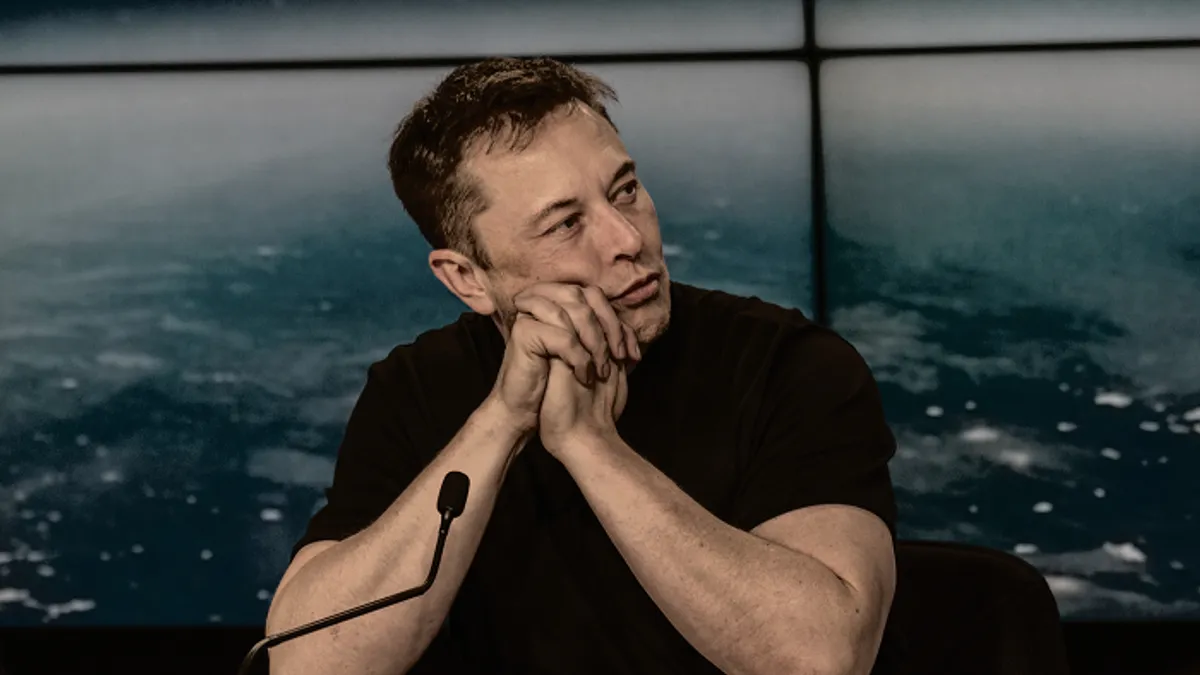As of 10pm PST Sunday, the folks over at Skittles have launched a very interesting experiment (I HAVE to imagine it's an experiment) in giving over nearly their entire web presence to a collection of social media websites. Here's what we're seeing right now:
1) The home page itself is solely a tracking of the trending buzz around the search term "skittles" on Twitter. The small overlay navigation pane is the only Skittles-branded bit; everything else is Twitter. Not surprisingly, some of the search results are not necessarily family-friendly.
2) Clicking on the "friends" link in the navigation pops to the Skittles Facebook page
3) Clicking on Media|Photos brings up the Skittles Flickr Page
4) Clicking on Media|Videos brings up the Skittles YouTube Page
What this means: This is a very interesting hybrid approach from Skittles with respect to engaging with their customers. Some of the links (e.g. photos, videos, friends) still afford the expected level of "corporate control" over what is seen and viewed, as those links are going out to accounts that are managed by the Skittles brand. However (and this is a big however), the connections out to the Twitter page -- and the decision to make that the landing page for the initial customer experience -- is a decision that is much more Wild West. There's no telling what's going to show up on that home page.
In a perhaps counter-intuitive position, I think that giving over the entire homepage to the Twitter search for the brand has the possibility of actually decreasing customer engagement. Why? With the lack of any sort of way to address the signal/noise ratio on that page, actual customers who are looking for actual information about actual Skittles products are likely to be turned off (or at least frustrated) by the need to dig through pages of spam to find the relevant bits of information they were looking for. That said, I think linking to the Twitter page is great and, once it's no longer the focus of the site, the lure of putting up novelty or spam items will wear off.
With a few tweaks (for example, not making the landing page the Twitter search results, but instead perhaps a slightly more predictable set of information), I think this is an approach we may see more of in the future.




